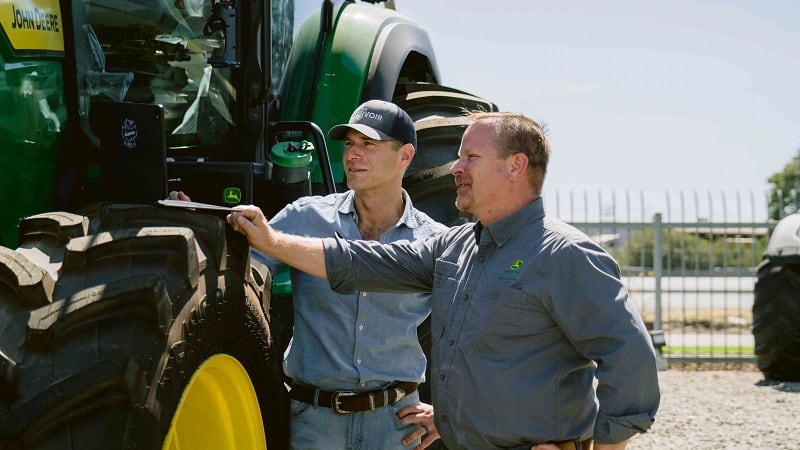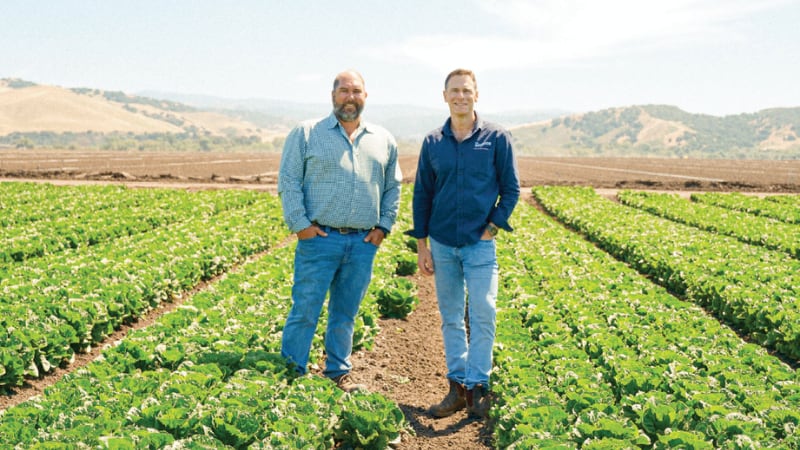Reservoir Farms’ Salinas, Calif., facility is officially open for business, following a ribbon-cutting ceremony last week attended by more than 200 agriculture leaders, as the robotics accelerator revealed its next tranche of strategic partnerships and initial class of startups.
Berry producer Driscoll’s, drip irrigation company Netafim, crop input provider Nutrien, and lettuce grower Taylor Farms are now strategic partners for Reservoir Farms. This follows an announcement from earlier in August that John Deere will serve as the robotics hub’s official original equipment manufacturer partner, the company shared.
Robotics start-ups Beagle Technology, BHF Robotics, Cropmind, FarmBlox, GeoVisual Analytics, and High Degree Machinery are the first residents of Reservoir Farms. These start-ups will have access to a plot of farmland on Reservoir Farms, a fabrication and machine shop, and access to John Deere technology and equipment.
Reservoir Farms was made possible through a sub-lease from local food producer Tanimura & Antle, as AgTechNavigator previously reported. The farmland is ideal for growing artichokes, arugula, broccoli, brussels sprouts, carrots, cauliflower, celery, kale, lettuce, onions, spinach, strawberries, squash, zucchini, and more.
“From the beginning, our vision has been far more than technology — it’s about partnerships. Success is grounded in becoming an authentic part of each farming community, connecting entrepreneurs, growers, and next-generation talent to reimagine the sustainability of U.S. farming. Creating this ‘Olympic Village of Agtech’ is only possible with trusted relationships on the ground and a shared vision for what’s possible,” Danny Bernstein, CEO of the Reservoir, said.
Looking to the future, the Reservoir will open additional robotics hubs across California, Arizona, and other regions, strategically placing them near academic and R&D institutions, as Bernstein shared in a previous AgTechNavigator article. The Reservoir will also conduct a pilot at the University of Arizona Experiment Station in Yuma this winter.
“If a start-up is working in Salinas, but Salinas does not grow from November [to] let’s say into the winter, then we want to allow start-ups to be able to follow the crop. And sometimes that means just moving south. Other times, that will mean going to another hemisphere,” Bernstein shared in a previous AgTechNavigator.




